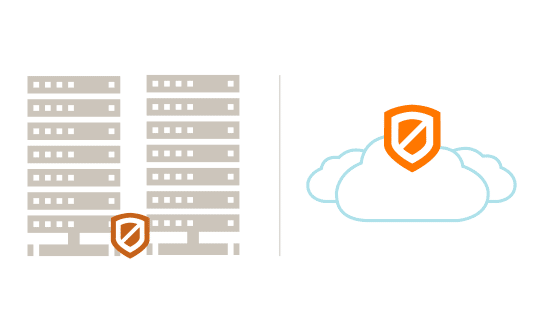

The fear of losing control of your computer network results in good security practices, but it also leads to half truths about security being shared.
And when myths about computer security begin to circulate, they soon begin to take on a voice of authority. This results in businesses taking these myths as facts and concentrating resources on areas of computer security where it’s not necessary.
To help you avoid falling into this scenario, I’m going to show you the 4 biggest myths of computer security.
1. All Security Threats Are External
 It’s common to assume that all security threats originate from outside your organisation, but the truth is that sometimes the biggest threats are within your business. After all, those individuals that already work for your company have much freer access to your systems.
It’s common to assume that all security threats originate from outside your organisation, but the truth is that sometimes the biggest threats are within your business. After all, those individuals that already work for your company have much freer access to your systems.
And this takes them one step closer to accessing your secure data without all the hassle of breaking through firewalls etc. Therefore, in the case of a security breach you also need to look at your own employees as, for example, an individual who was missed out on a promotion can easily become aggrieved enough to seek revenge.
2. One Piece of Software Is All You Need
Too often, businesses feel safe in the knowledge that they have an amazing piece of software which is a one stop shop for all their security needs. And, yes, this type of software certainly makes things look neat and tidy, but what if a security flaw is discovered in that piece of software? Suddenly, all your security practices are at risk.
In order to avoid this, you should aim to have different pieces of software in place to deal with security threats e.g. firewalls, antivirus, mail wash etc. With this setup you can rest assured that it’s much harder for hackers to carry out a theft of all your data at once.
3. Windows Is Not Safe
 Windows 10 has certainly come in for criticism regarding security and this has led many critics of Microsoft claiming that Windows is a liability in terms of security. However, this is a little unfair.
Windows 10 has certainly come in for criticism regarding security and this has led many critics of Microsoft claiming that Windows is a liability in terms of security. However, this is a little unfair.
Whilst PCs running Windows are certainly at risk of more cyber-attacks than Macs, Microsoft are constantly monitoring security threats and issuing patches when necessary. What’s particularly unsafe about Windows is its users.
And this is because users of Windows ignore automatic updates too often. Perhaps this is because they’re too busy checking Facebook, but if they’re not careful their Facebook, and much worse, will be hacked before they know it.
4. Computer Security Is Too Confusing
Many PC users struggle to deal with security threats as they’re very defeatist when it comes to learning about the basics of computer security. And it’s not a surprise when you consider the amount of technical jargon involved.
However, the basics of computer security aren’t too confusing, so there’s no excuse for not getting to grips with them. If your staff members are able to embrace the core concepts of computer security – good password practices, understanding the threat of email attachments – you’ll find that the risk of succumbing to an attack is reduced.
For more ways to secure and optimize your business technology, contact your local IT professionals.
Read More
















